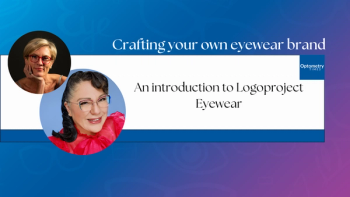
AOA 2023: Preparing to conquer keratoconus management in clinical practice
Melissa Barnett, OD, FAAO, FSLS, FBCLA, shares insights from her AOA 2023 presentation on managing keratoconus in clinical practice.
Melissa Barnett, OD, FAAO, FSLS, FBCLA, caught up with Optometry Times to tell us all about her presentation titled, "Caution steep hill ahead: Managing keratoconus in clinical practice: Are you ready to conquer keratoconus?" which she presented at the 2023 AOA Optometry's Meeting in Washington, DC.
Video transcript
Editor's note: This transcript has been lightly edited for clarity.
Hi, I'm Melissa Barnett. I'm the director of optometry at the University of California, Davis. I lectured here at Optometry's Meeting on managing keratoconus in clinical practice. I discussed the importance of early diagnosis of keratoconus and that includes things like genetic testing, corneal tomography, global pachymetry, evaluating the posterior
The importance of diagnosing early is so that we can manage the cornea. We can stabilize the cornea with corneal collagen cross-linking and then rehabilitate the cornea with things like specialty
So some key takeaways are, one, diagnose keratoconus. Look for keratoconus in all of your patients, just like you evaluate for
Newsletter
Want more insights like this? Subscribe to Optometry Times and get clinical pearls and practice tips delivered straight to your inbox.
















































.png)


